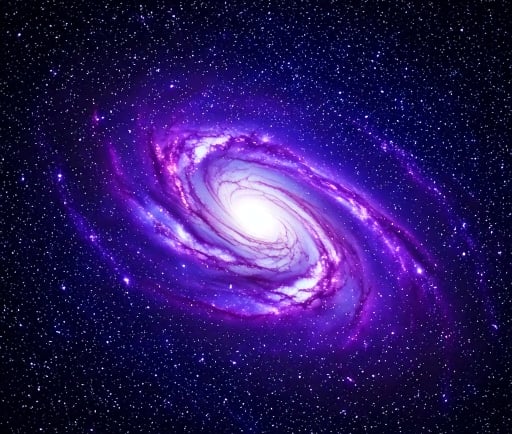The Coma Cluster: A Dark Matter


Introduction to the Coma Cluster
The Coma Cluster, known scientifically as Abell 1656, stands as a monumental structure within the universe, comprising approximately 1,000 identified galaxies. It is primarily located in the constellation Coma Berenices and is one of the most studied galaxy clusters in the universe. The significance of the Coma Cluster goes beyond just its colossal number of galaxies; it serves a crucial role in our understanding of dark matter, a mysterious substance that constitutes a significant part of the universe's overall mass.
The Significance of the Coma Cluster
As one of the densest galaxy clusters known, the Coma Cluster offers astronomers a unique laboratory for examining the interactions of galaxies and the gravitational forces that govern their behaviors. The immense gravitational pull within this densely populated cluster results in intricate dynamics among its myriad galaxies, including spiral, elliptical, and irregular forms. Each of these galaxies contributes to our overall comprehension of the universe.
Importantly, the Coma Cluster's gravitational effects provide substantial evidence for the existence of dark matter. Observations show that the cluster's visible mass, comprised of stars and galaxies, accounts for only a fraction of the total mass inferred from its gravitational pull. This discrepancy leads scientists to conclude that there must be an unseen mass present—dark matter—that exerts influence yet remains undetectable through conventional means.
Research and Observations
Astrophysicists and astronomers have utilized the Coma Cluster to further test their theories regarding the distribution and effects of dark matter. Various observational strategies, including X-ray studies and gravitational lensing observations, have provided insights into the structure and composition of this galaxy cluster. As a result, the Coma Cluster has become a focal point in research concerning the evolution of galaxy clusters and the large-scale structure of the universe.
Furthermore, advancements in imaging technology allow for more detailed mapping of both the visible and dark matter within the Coma Cluster. By analyzing the movement of the cluster's galaxies, scientists can derive values for the cluster's total mass, further corroborating the presence of dark matter.
Conclusion
The Coma Cluster is not only a breathtaking spectacle of cosmic architecture but also a vital resource for unraveling the enigmas of the universe. By studying this cluster, scientists get closer to understanding the role of dark matter and its influence on the fabric of space-time. As research continues to unfold, the mysteries of the universe appear destined to be further illuminated by this extraordinary congregation of galaxies.
